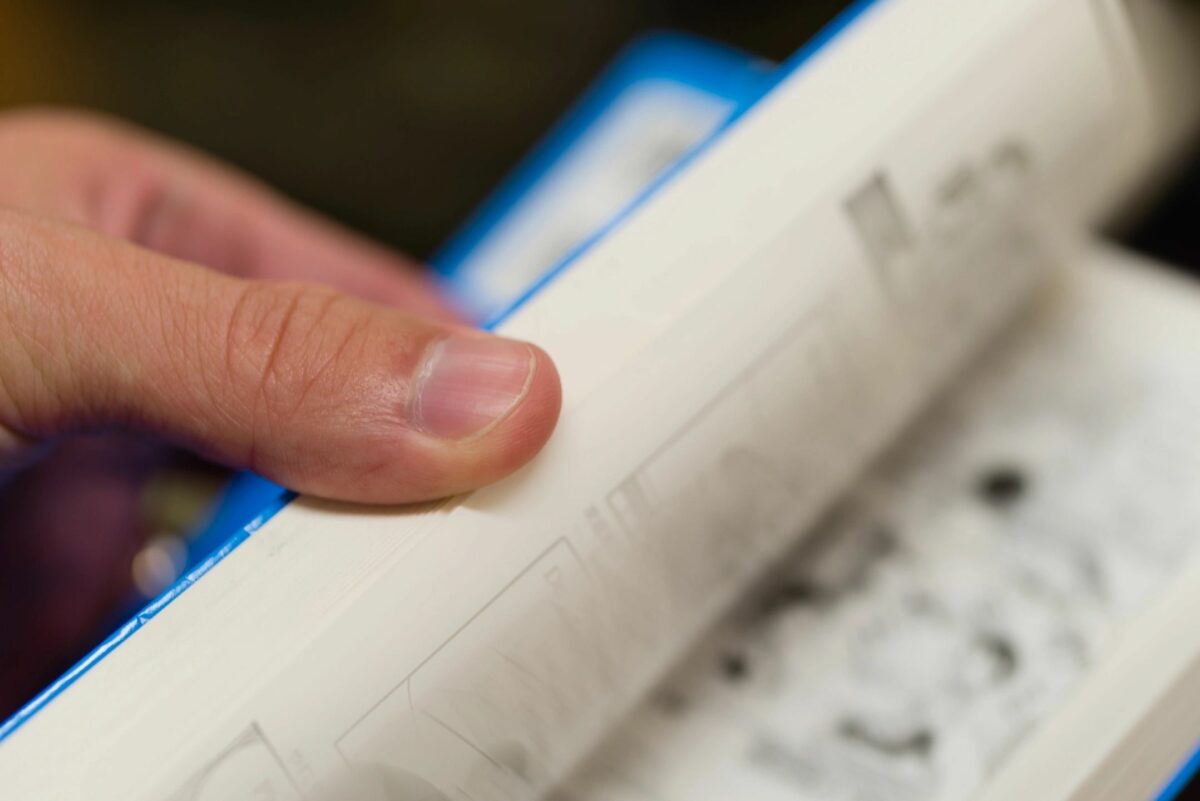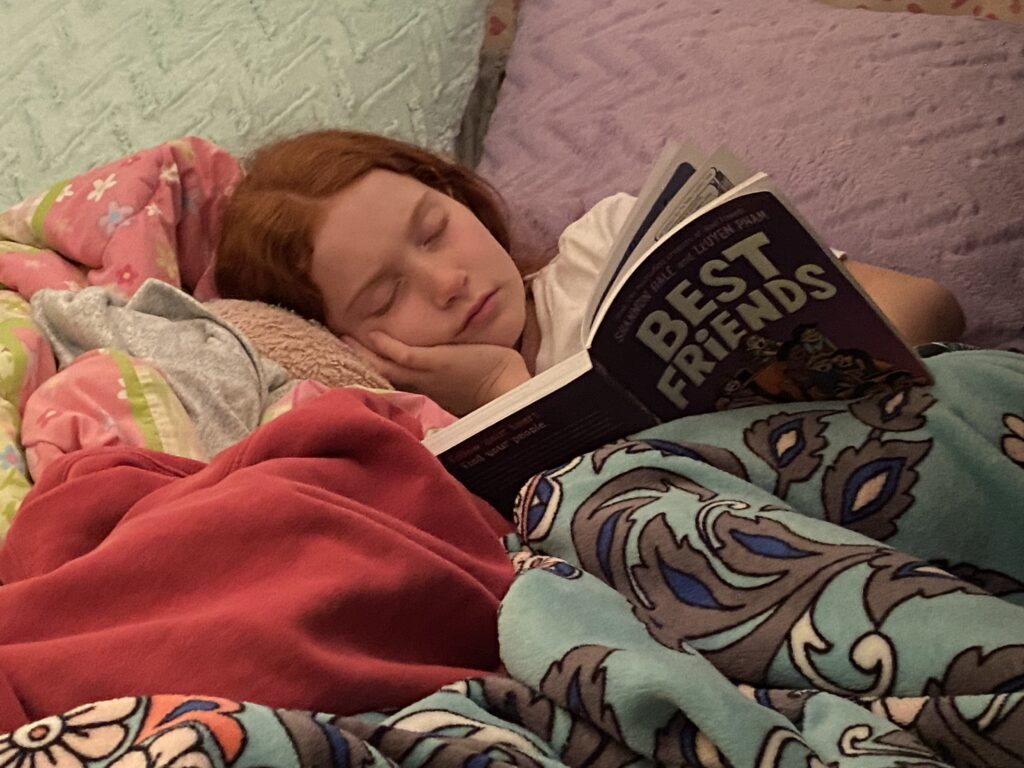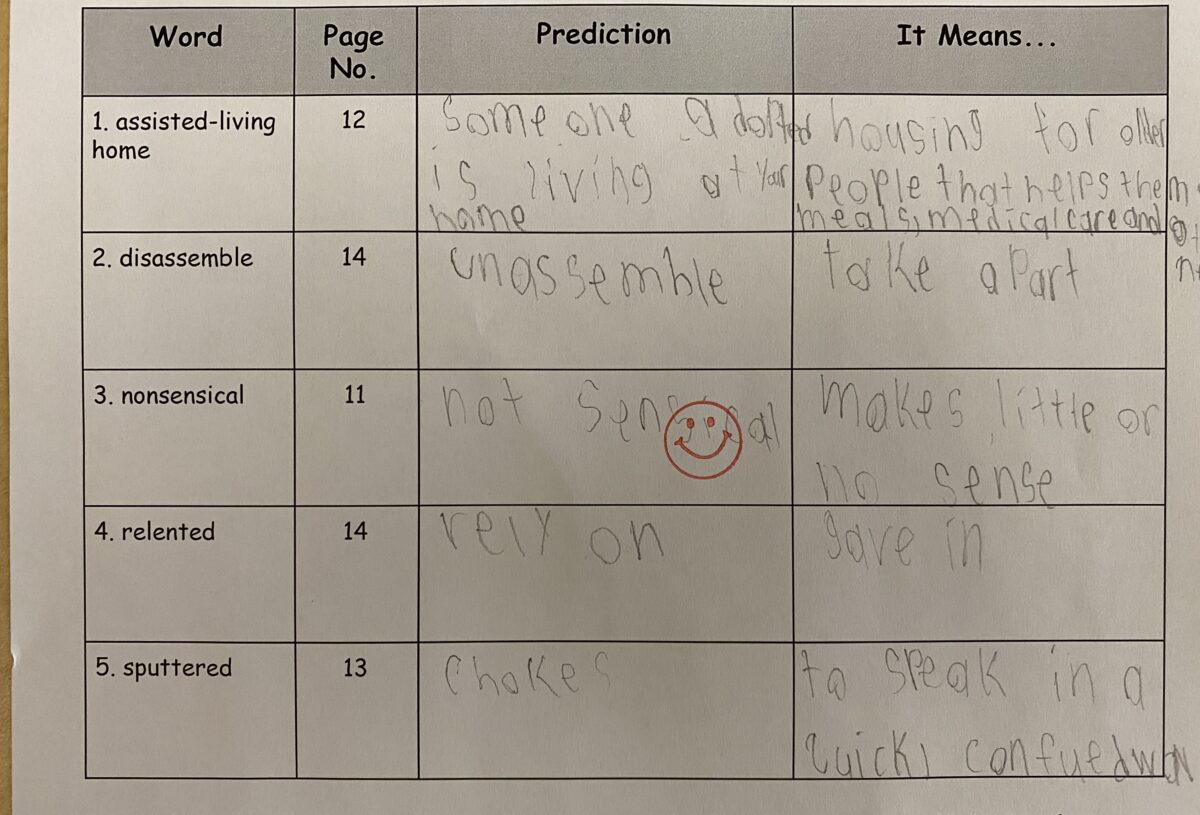When I was about nine years old, my grandfather took me to a park behind his house. There was a quarter-mile track around the park, which he had me run. He stood at the start/stop line with an old fashioned stopwatch – think opening of 60 Minutes… tick, tick, tick, tick, tick. When I finished he’d tell me my time and always compare my results to my previous runs. It always amazed me how he remembered them. Before I could catch my breath, he’d say, “Okay, what’s our goal for the next time?” This was my first exposure to goal setting.
Years later I started setting goals more regularly and across other areas of my life. At first, my goals were vague. I want to run faster. I want to read more. I want to save more money. The problem, I soon realized, was these goals were very hard to quantify. Then I read about SMART Goals. These goals create a structure and help focus your efforts. SMART is an acronym for:
Specific
Measurable
Achievable
Relevant
Time-bound
SMART Goals can be used in all areas of our lives – personal, professional, financial, etc. They can even be used in our classrooms. Let’s say I’m working with a group of students and want them to improve as readers. Wanting my students to become better readers is not a SMART Goal. The objective can be adjusted, however, to meet the criteria of a SMART Goal.
Specific – Goals need to be specific. Wanting students to become better readers is not specific. There are so many areas of reading that could help students become better readers – phonics, phonemic awareness, comprehension, vocabulary, etc. We could create a fluency goal, comprehension goal, etc. Maybe you want students to read more books because research shows reading more helps students become better readers. When making specific goals it helps to ask questions like:
- Who is involved in me achieving this goal?
- What do I want to accomplish?
- Where might I need to go to achieve this goal?
Measureable – This is where I really struggled when I first started setting goals. I was usually missing the measurable component of SMART. I want to run faster is hard to measure and quantify. I want to run a sub-30 minute 5K is a measureable goal. We can literally measure it with a timer or my grandfather’s old-fashioned stopwatch. If we want students to read more books, we need to make this a measureable goal. I want my fourth graders to read 5 books. Now we are able to measure and determine if they were successful or not.
Achievable – The goals we set need to be achievable and realistic. I always wanted to play in the NBA, but I’m only six-foot tall and can’t jump very high. It’s not a realistic goal. Similarly, saying I want my fourth graders to read all the works of Shakespeare by the end of the school year, is probably not going to happen. Students will read five children’s books. That is much more achievable.
Relevant – Is this a relevant goal? If we’re trying to improve students’ ability in reading, we can’t set a goal to have them learn to juggle. That isn’t relevant to what we’re trying to achieve. A goal to have students read a five books is much more relevant to becoming better readers. Learning to juggle is fun though.
Time-bound – When will this goal be achieved? In a month? A year? The way our school years are structured helps create natural time barriers, which help with goal setting. When do we want student to read their five books? Students will read five children’s books each trimester. Now we have a timetable for when our goal should be measured.
SMART Goals are a great tool to help with all areas of our lives. Creating them takes some time and will often involve some failures. This requires adjusting the process and goals. If we’re always meeting all our goals, do we need to revisit our goals and increase our expectations? Should failure be part of the goal setting process as well?










